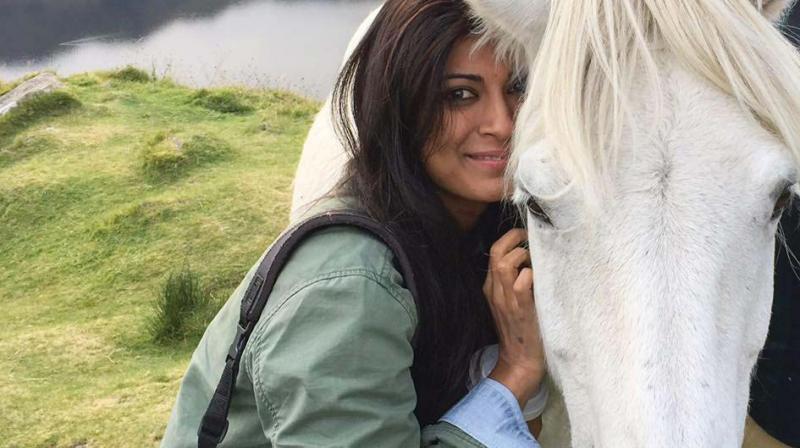Ramya Reddy's ode to the Nilgiris

Travel is an answer to most questions and dilemmas that we leave unanswered and unattended. Imagine being so inspired by a trip or stay at a particular place that you let it stir the wheels of your life for you?
Well, that is exactly what happened in Bengaluru hudugi, Ramya Reddy’s life. Having shifted to Nilgiris to pursue her interest in photography, the young photographer penned down her first book, Soul of the Nilgiris, inspired by the people, culture, flora and fauna of this beautiful mountain range.
In a chat with Ramya, we find out what lead to the creation of this coffee table book and how her journey has been...
The 36-year-old recalls the beginning of her journey, “My personal connection with the Nilgiris was the primary inspiration. I went to college to study photography there and began exploring the region more. Around this time, I began meeting the indigenous people of the Nilgiris and getting a peek into their way of life and how they lived synergistically with seasons, and the ways of the mountain inspired me. Through historians, Keystone Foundation and anthropologists who were doing work of immense consequence in eco-cultural preservation in the region, I met elders from the Toda, Kota, Kurumba communities and developed deep bonds with some of them. With the hope that telling these stories might have a universal resonance, I felt that I had to — in whatever small way — share their ways, wisdom and knowledge with the world, make their voices heard. So what started a decade ago as a photo-series took a life of its own and became a book of 300 pages.”
Soul of the Nilgiris is the story of a place told through a personal tapestry of oral narratives, conversations, writings and over 300 photographs — taken over nine years, drawn from the creative abundance of this millennia-old mountainous land and her centuries-old inhabitants.
For a photographer to take a leap into the life of a writer was a challenge indeed. So how has her experience been? Ramya says, “I began writing seriously for the book about four years ago. Writing was tough and this kind of writing was new to me, so I started a little slow, learning my craft better in the process and discovering my voice. Also this was serious writing involving not just personal narratives but also extensive research and all that the people had told me. Putting them all together and presenting them as authentically as possible as creative prose was challenging at first but as I got used to it, I settled into it. My editor Rohini Mohan helped me a lot in this regard, sharpening my voice.”
Commenting on the pictures, she says, “There are close to 300 pictures in the book taken over a decade, covering diverse aspects of the mountains and the indigenous people. I shot about 20,000 photographs; editing them down to 300 was one tough task!”
Based out of Bengaluru, Ramya grew up in a family with interests in photography. She later studied photography at the Light and Life Academy in Ooty and attended the Santa Fe workshops in New Mexico. Parsons School of Design, New York, is where she studied design and how it complemented photography.
She enjoys reading, cooking, engaging in animal welfare and conservation and travelling when she is not hiding behind the lens.
On a final note, she says, “This project has been a life changing project for me. A sacred one! I started this project just after the last Kurinji Cycle — a type of Strobilanthes flower species that flowers once in 12 years. I finished this book when the recent cycle took bloom. In fact, the picture you see was serendipitously the last photograph I clicked for the book!”
All proceeds from the sale of this book go to the Keystone Foundation, an organisation that has been working in the Nilgiri Biosphere Reserve (NBR) since 1993 with indigenous communities on improving their lives, livelihoods, and maintaining their unique cultures, the proceeds will support the welfare of the indigenous communities.

